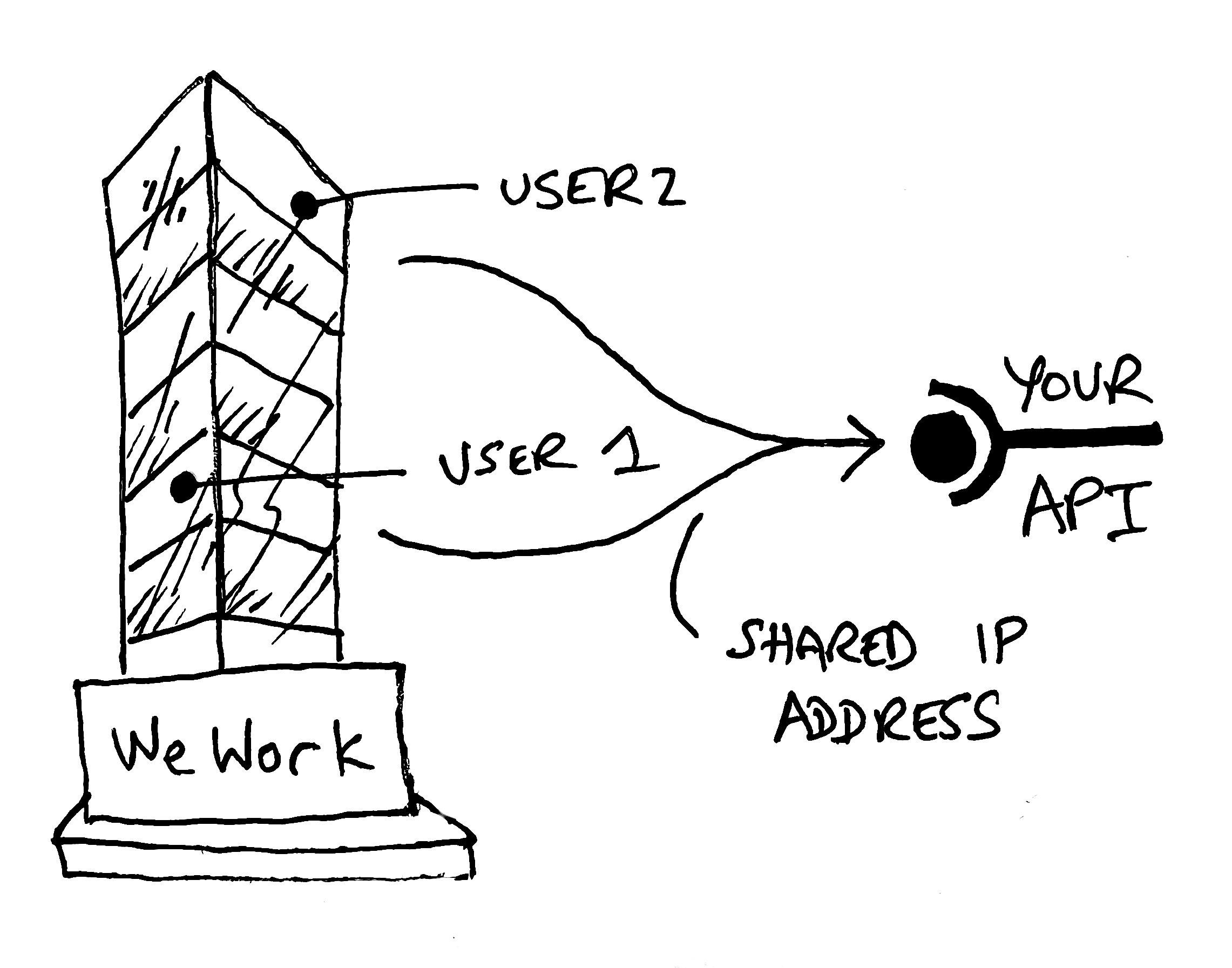When developing an API in Python, a critical question often arises: "How can I secure my API?"
A common method in API security is rate limiting. But what exactly is it and why is it necessary?
The need for API rate limiting
API rate limiting refers to controlling the number of API requests received by a backend service within a given time window.
You might (almost always) need to implement rate limiting to:
- Prevent Backend Overload: Essential for systems with scaling limits or to minimize cloud expenses.
- Guard Against Malicious Attacks: Protects against DDoS attacks that aim to disrupt services by flooding them with excessive requests.
- Self-Protection: Often, it's your own unintended loops that overload your servers.
Strategies for Adding Rate Limits to Your API
There are multiple ways to implement rate limiting. You can implement your own
Python API rate limit, use a library like flask-limiter or use an external API
Gateway rate limiting service.
Both approaches have their merits and drawbacks. Let's explore each.
Implementing Custom Rate Limiting
You can do your own request rate limiting in Python, but before doing so, consider the different benefits and drawbacks.
Bare in mind, this is not the same as Python's rate limit decorators which are used in Python to rate limit how function calls.
In this tutorial we're cover implementing in Python requests rate limit.
To start, there are various rate limiting algorithms (like leaky bucket algorithm, fixed window, sliding window, etc) exist for different scenarios.
Python's rate limiting solutions cover most of them (for example, check how to build your sliding window rate limiter in Python) but the choices still depend on your specific use case and system architecture.
For instance, implementing rate limiting in a distributed system or a in a globally deployed application can create issues. Common problems include:
- IP-Based Rate Limiting: This method counts requests from each IP address. However, it's not ideal as users sharing the same IP might get unfairly limited. A solution is to use API Key based rate limiting.

- Rate Limiting on your Application's Backend: Using Python's libraries like Flask-Limiter within your application can be risky. If the backend crashes, the rate limiter fails too.
- Global Application with Single Rate Limiter: For distributed backends, a single rate limiter can become a bottleneck due to latency issues.
Using Cloud Based Rate Limiting Solutions
Alternatively, if you don't want to go through the headache of analyzing your case, at Zuplo we offer a rate limiting feature that's hassle-free without the need to delve into the complexities of building your own: check it out and try it for free!
Implementing Rate Limiting in Python
Ready to implement rate limiting? Here’s how you can do it using Python using Flask.
**Step 1: Install **
For Flask, you might use
flask-limiter. You can
install it using pip:
pip install flask-limiterStep 2: Import and Configure the Rate Limiting Library
In your Python file, import and configure the rate limiter Python code. In this case, we added a limit of 200 requests per day.
In case a user exceeds the rate (i.e. a user's request count is above 200 per day) the code will send an error with the status code 429 to the user, typical in rate limiting scenarios: "429 Too Many Requests".
from flask_limiter import Limiter
from flask_limiter.util import get_remote_address
limiter = Limiter( app, key_func=get_remote_address, default_limits=["200 per day", "50 per hour"] )On the client side of the API, it's always recommended to include some error handling that covers the rate limiting functionality.
Step 3: Apply Rate Limiting to Routes
Attach the limiter to your routes, you can
@app.route("/api/users") @limiter.limit("10 per minute") def get_users():
# Your API logic hereStep 4: Test Your Rate Limiting Implementation
Start the server and try making 10 requests to your endpoint to ensure it’s working as expected.
Conclusion
Creating a custom rate limiting solution in Python requires careful consideration of various factors.
While libraries like Flask-Limiter simplify the process, understanding the underlying principles is key.
If you'd rather have less headaches, consider using Zuplo's advanced rate limiting here.